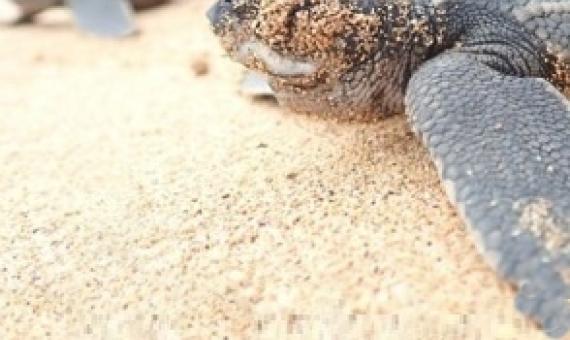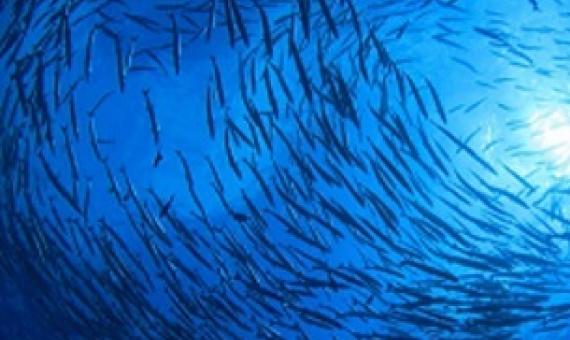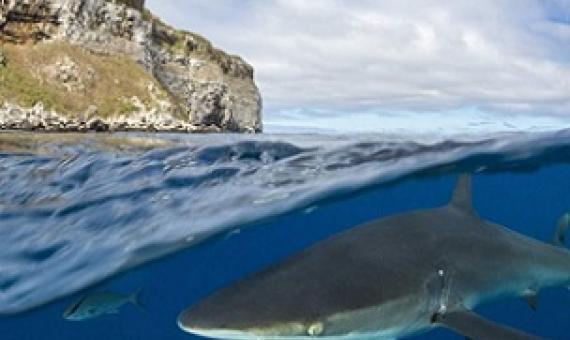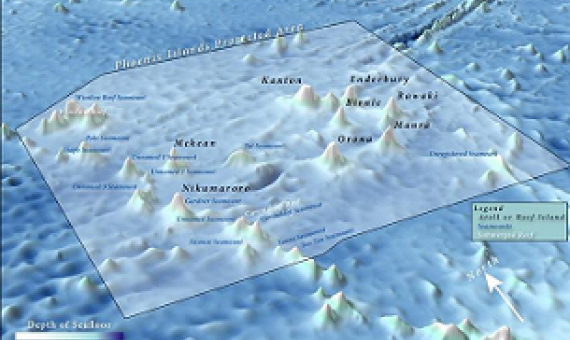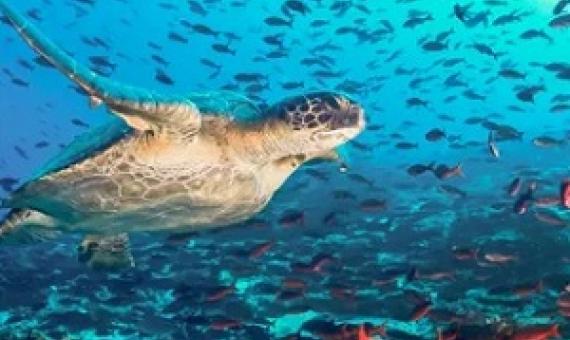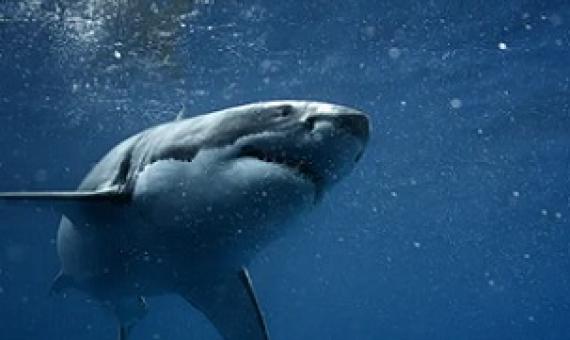Samarkand Strategic Plan for migratory species 2024 - 2032
The Samarkand Strategic Plan for Migratory Species 2024-2032, adopted at the Convention on the Conservation of Migratory Species of Wild Animals COP14 in Samarkand, Uzbekistan, outlines key priorities for the conservation and sustainable use of migratory species and their habitats. It serves as a framework aligned with the Kunming-Montreal Global Biodiversity Framework (GBF) and addresses threats identified in scientific reports. The plan's vision is for migratory species to thrive in restored and connected habitats by 2032.

